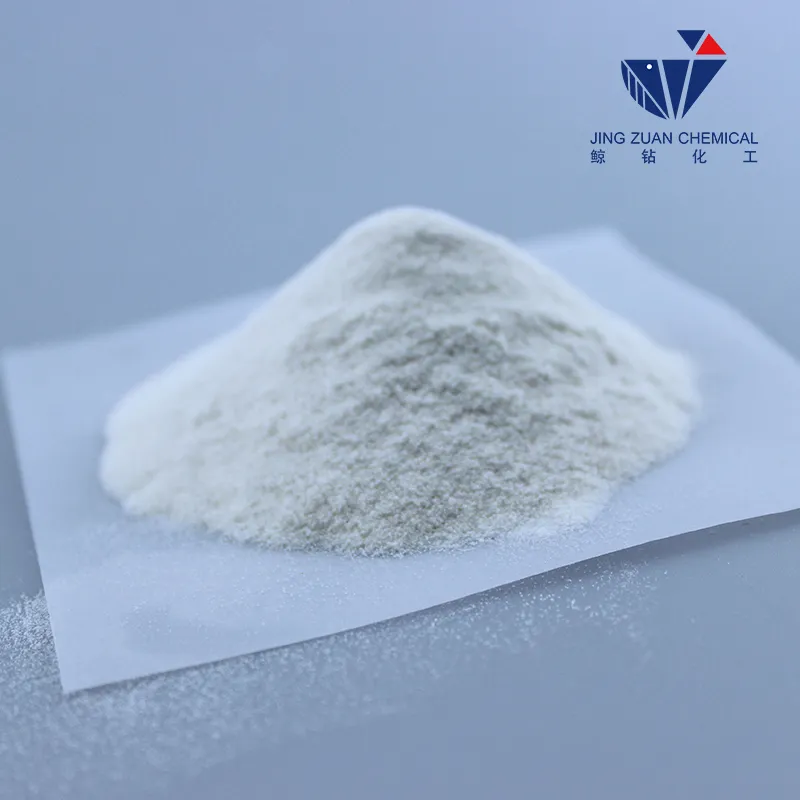
Dec . 12, 2024 14:50 Back to list
Comparing HPMC and HEC for Enhanced Performance in Pharmaceutical Applications
Comparative Analysis of HPMC and HEC A Focus on Their Properties and Applications
Hydroxypropyl methylcellulose (HPMC) and hydroxyethyl cellulose (HEC) are two widely used cellulose derivatives in various industries, particularly in pharmaceuticals, food, and cosmetics. Understanding their individual properties and applications can greatly assist manufacturers in selecting the right material for specific needs.
Chemical Structure and Properties
HPMC is a semi-synthetic polymer derived from cellulose, which has undergone hydroxypropyl and methyl substitution. This modification provides HPMC with unique properties, such as increased water solubility and improved gel-forming capacity. The degree of substitution can be manipulated to tailor the viscosity and other physicochemical characteristics of HPMC for various applications.
On the other hand, HEC is obtained by reacting cellulose with ethylene oxide. This process introduces hydroxyethyl groups to the cellulose chain, enhancing its water solubility and thickening properties. HEC is less viscous than HPMC at similar concentrations and tends to form more stable solutions, making it suitable for specific applications where clarity and stability are paramount.
Viscosity and Gelation Properties
One of the most significant differences between HPMC and HEC lies in their viscosity and gel formation. HPMC can form gels upon heating, which is beneficial in industries like pharmaceuticals for controlled-release formulations. HPMC’s gel-forming ability is particularly advantageous in creating sustained-release drug delivery systems, as it can effectively encapsulate active pharmaceutical ingredients (APIs) and release them gradually.
hpmc vs hec

Conversely, HEC exhibits lower gel strength and does not form gels as readily as HPMC. Its main role is as a thickening agent; however, its viscosity remains consistent across a range of temperatures, which is an essential property in applications such as personal care products and paints. HEC solutions are often clearer and more stable, making it a preferred choice in formulations where transparency and stability are critical.
Applications in Various Industries
In the pharmaceutical industry, HPMC is commonly used as a binder in tablet formulations, a coating agent, and in controlled-release capsules. Its ability to form gels and its biocompatibility make it suitable for applications like eye drops and artificial tears, providing moisture and enhancing the viscosity of the solution.
HEC, while also used in pharmaceuticals, shines in cosmetic formulations. Its thickening and emulsifying properties are utilized in shampoos, conditioners, and lotions, providing a smooth texture and improving product stability. Additionally, HEC is often incorporated into paint and construction materials due to its excellent water retention capabilities and ease of dispersibility.
In the food industry, both HPMC and HEC are recognized as safe additives. HPMC serves as a thickening agent and stabilizer in various food products, enhancing texture and mouthfeel. HEC is less commonly used in food applications but can be found in some specialty products where clarity and smooth texture are essential.
Conclusion
While HPMC and HEC are both cellulose derivatives with excellent water-solubility and thickening properties, their differences in viscosity, gelation capabilities, and specific applications make them suited for distinct roles across industries. HPMC is more suited for pharmaceutical formulations requiring controlled release and gel formation, whereas HEC is preferred in cosmetic formulations and applications where clarity and stability are paramount. Understanding these differences aids manufacturers in choosing the right polymer to meet their needs effectively.
-
Versatile Hpmc Uses in Different Industries
NewsJun.19,2025
-
Redispersible Powder's Role in Enhancing Durability of Construction Products
NewsJun.19,2025
-
Hydroxyethyl Cellulose Applications Driving Green Industrial Processes
NewsJun.19,2025
-
Exploring Different Redispersible Polymer Powder
NewsJun.19,2025
-
Choosing the Right Mortar Bonding Agent
NewsJun.19,2025
-
Applications and Significance of China Hpmc in Modern Industries
NewsJun.19,2025







